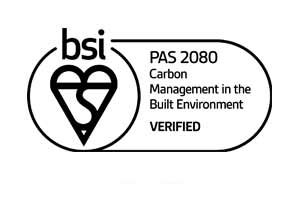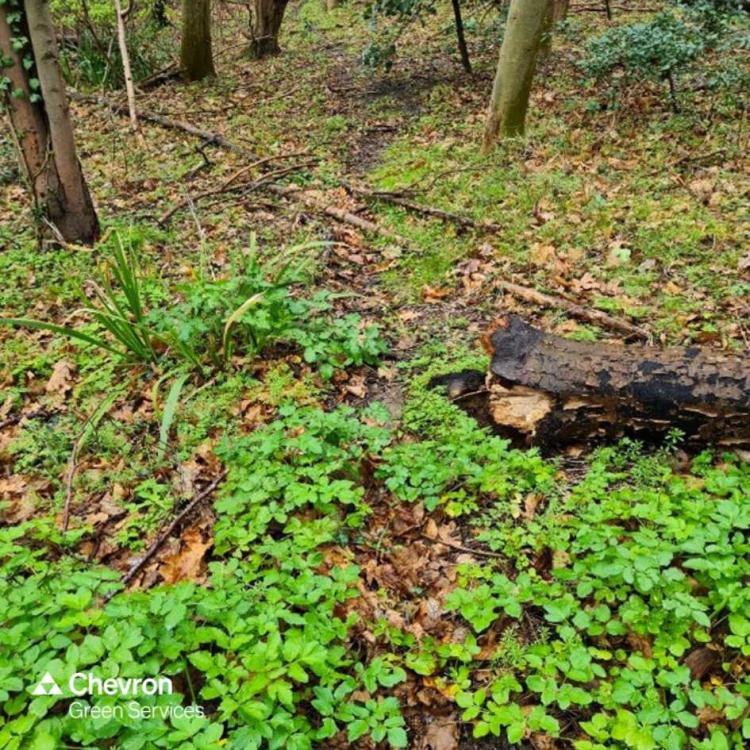
Here at the Chevron Green Services consultancy division, we work in numerous areas of diverse natural landscape. Part of the Consultancy’s Arboricultural team undertake work for National Highways, surveying areas of trees and woodland across the Strategic Road Network (SRN).
This gives the team a unique insight into an area of our natural world that most people don’t get an opportunity to visit. Road users will see it in a flash as they drive by, but they don’t get the chance to explore it and maybe haven’t even considered why it’s important.
Within England, National Highways manage approx. 4500 miles of the SRN or 114,314 acres. These roads comprise of the main arterial routes within England; motorways and major A roads.
These routes generally have verges that separate the network from third-party land, be that residential, commercial or agricultural. These verges can vary dramatically in width and depth and a good percentage have a broad range of flora planted along them, ranging from species-rich grassland to woodland.
Recently, there has been much discussion on the importance of wildflowers and the push to reduce the frequent mowing to improve the biodiversity, not just on verges, but across differing land uses in the UK.
In a survey from 2020, 13,538 acres were classed as woodland. This equates to 11.8% tree coverage of the total network, slightly below national average of tree cover, which according to the Woodland Trust, is currently at 13.2%.
These areas of trees can vary from thin, linear belts of maybe 2-3 trees wide, to deeper woodland areas that can often form part of larger, offsite forests and woodlands.
Plantations can vary in their species diversity, ranging from monoculture plots, consisting of one species of tree, generally planted to offer screening for neighbouring communities right through to species-rich plots, which can hold a wide range of different species. These habitats often go far beyond a range of tree species, allowing a broader range of understory flora to become established, further increasing the area's biodiversity.
Most commonly found tree species along the verges are field maple, oak, ash, willow, birch and pine. These can often be interspersed with lower growing species such as hawthorn, blackthorn and dogwood. Each species can have many benefits when planted in the correct environment.
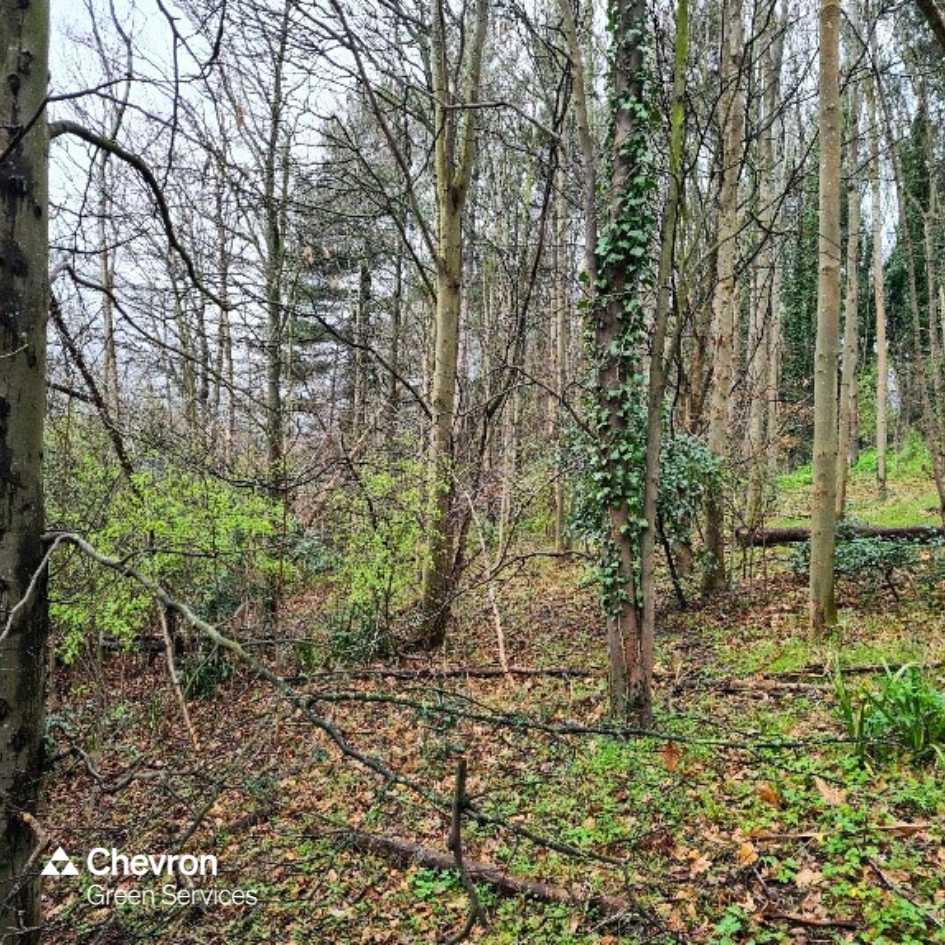
For example, species with denser canopies and larger leaves can help to mitigate some noise pollution and also offer a cooler environment during hotter weather, offsetting the temperature increase of the carriageways.
Species such as oak and sycamore have large root networks, offering much more stabilisation to soil on slopes and embankments. Other large leaf species, such as London plane, help to absorb CO2 and particulate matter from emissions.
The lower growing species, such as hawthorn and blackthorn can offer a very dense environment, which can be great for bird and small mammal populations and pollution mitigation.
During late winter and early spring, the woodland floors often start getting carpeted with woodland flower species, such as wood anemone, violets, bluebells and primrose. The trees start to flower, providing good areas for pollinators.
As the year progresses, pyramidal and spotted orchids can be found in more open areas, such as natural glades and, as the year moves to early autumn, a wide range of fungi can be seen to start fruiting and the trees start to produce nuts and fruit.
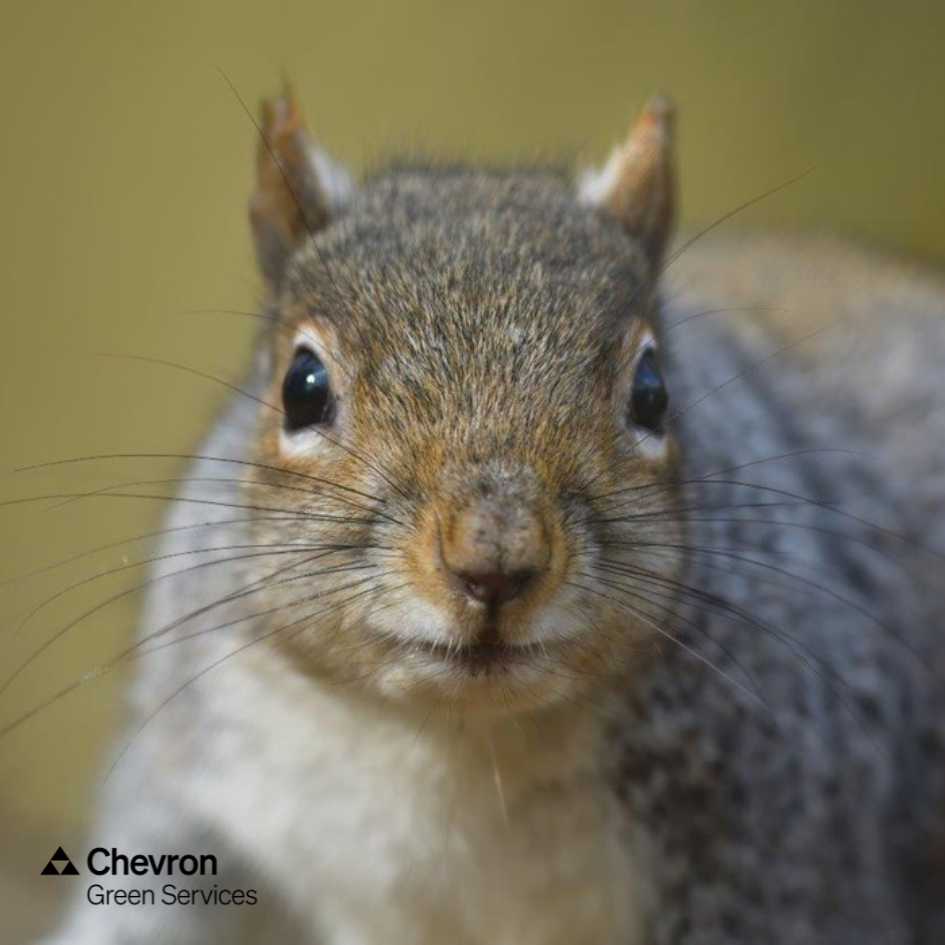
When properly managed and cared for, these plots of trees are an important addition to our natural landscape. They are areas that are rarely visited by humans, so are often allowed to develop in a more natural state, allowing different layers to develop and regenerate, in turn allowing a much broader range of biodiversity. These interconnected biodiverse habitats can improve the integration between the network and the surrounding areas and even help mitigate habitat loss.
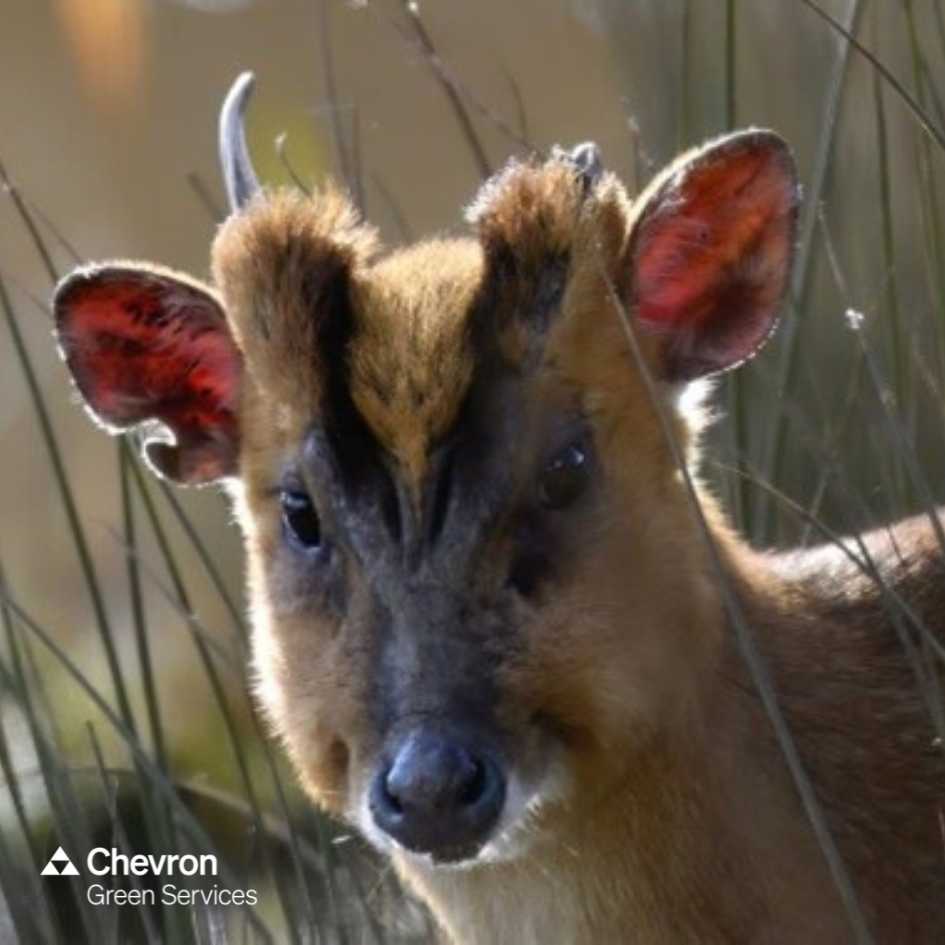
You wouldn’t necessarily think it as a casual observer, but these verges are home to a lot of different wildlife. Land with very little disturbance is prime habitat for species such as deer and dormice. Bird and bat roosting sites can often be spotted in older and decaying trees that have been allowed to develop and decay naturally (when they are not a threat to the network or third-party property). These areas have become green corridors, often allowing fauna a way to move more freely around manufactured obstacles and urban conurbations.
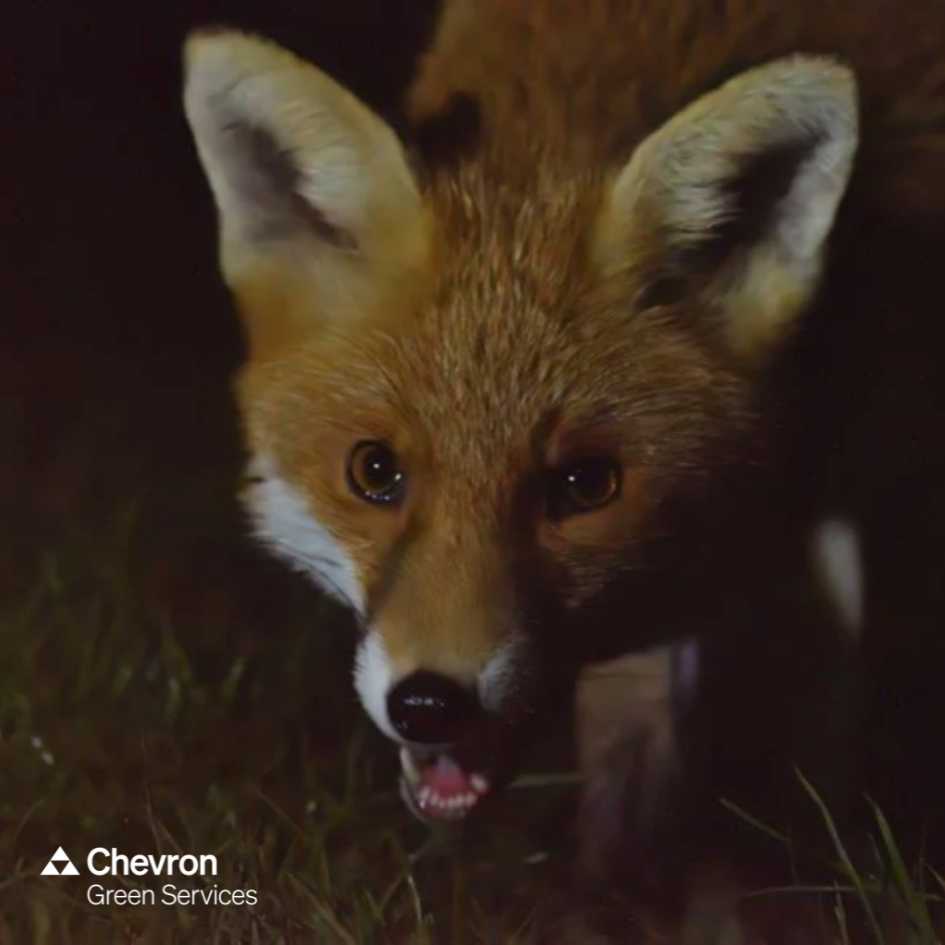
In wetter areas, plots of moisture-loving trees, such as willow and alder, can help support a range of amphibians and invertebrates, whilst also helping to alleviate flooding. These areas can also help reduce surface water runoff and pollution from directly entering the natural watercourses.
Considerate management and care of the highway verges is imperative if they are to be allowed to flourish and continue to add value as part of the overall landscape.
A long-term and sensible approach must be taken, balancing the need for safety of the network, travelling public and third-party land requirements. As well as a focus on allowing the plots to become as fully developed and diverse as possible, for example thinning denser plots to allow primary trees to fully develop so that a more varied understory can take hold.
When planning and planting new plots, deciding on the final desired outcome and choosing the correct range of initial species is a good starting point, followed by a long-term establishment and management plan that can go a long way to ensure long-term success.
If you’d like professional support with your land management, then you can contact our Consultancy division: Consultancy@ChevronGS.com
With thanks to our Senior Arboriculture Consultant Leo Stringer for the photos.






